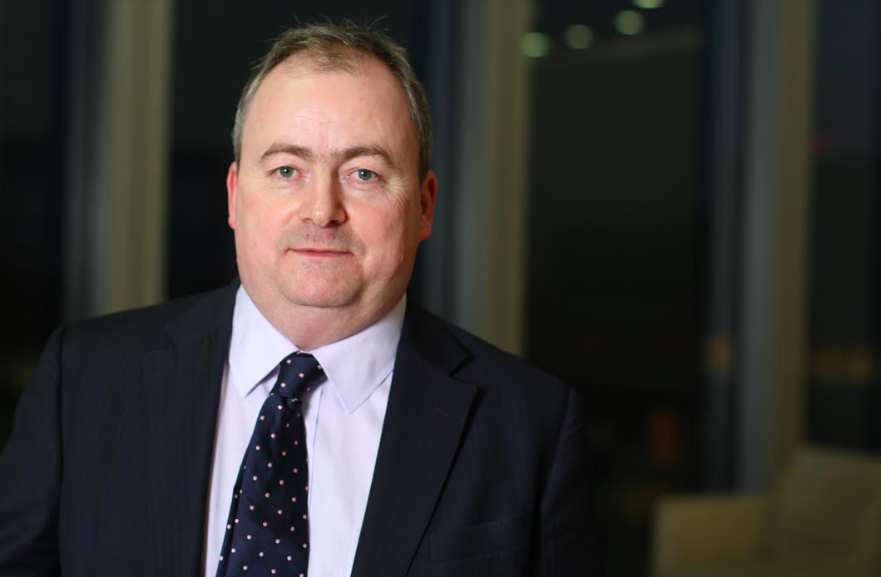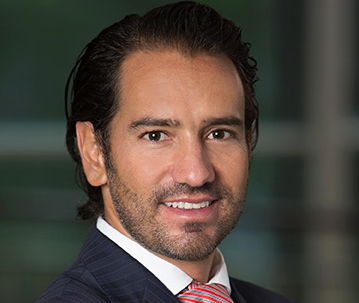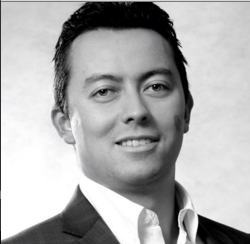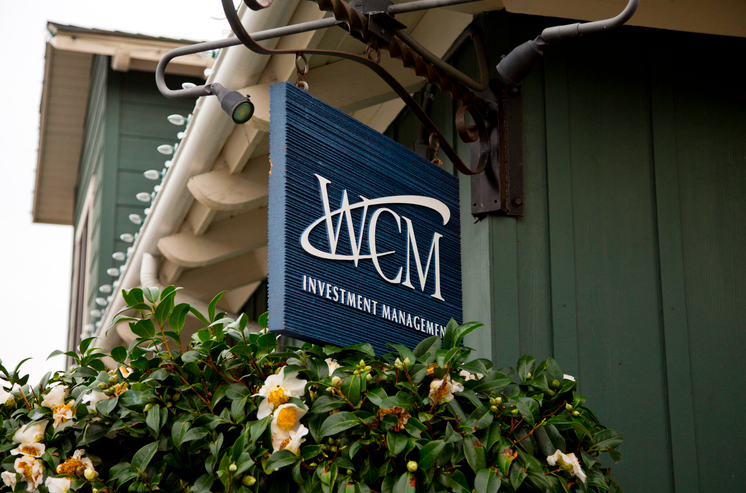From Mexico and Chile, Amundi Sees a World of Opportunities in Latin America
| By Gabriela Huerta | 0 Comentarios

Amundi, the only European asset management company in the top 10 worldwide, with almost 1.5 trillion Euros in assets under management, is seeing a world of opportunities in Latin America. While it is the fifth most important for the firm after Europe, Asia, the US and the Middle East, with the acquisition of Pioneer, and taking advantage of its local presence in both Mexico and Chile, Amundi plans to grow within this region.
According to Jean Jacques Barberis, Head of Institutional Clients’ Coverage for Amundi AM, the global asset management industry will continue its consolidation, “we believe it will be divided between huge firms and boutiques, so that among the largest there will be only 5-6 mega managers, most of them from the US, and Amundi… We present an alternative to US managers.” He believes that being able to generate custom passive products, and that all its strategies have an ESG filter are two of its strong points.
“Although ESG investment is just beginning in emerging markets, it’s experiencing very significant growth. Socially responsible investments start with a theme of securities, followed by one of risk, and finally they are expected to provide better returns,” he mentions, adding that at Amundi, they recently launched the largest green bond fund in history with 1.5 billion Euros, which “reflects the world’s appetite for this type of investment.”
According to Barberis, “the green bond is the perfect asset class so that money from developed countries flows to emerging countries, which is why an important growth in issuance is expected”. However, he considers that the greatest risk lies in investing resources too quickly since “the worst thing that could happen is to lose the investor’s confidence in the quality of the bonds”.
Opening the investment range for Afores
At present, Amundi already has investment mandates in operation with Afore XXI Banorte, Afore Citibanamex and Afore SURA, but is looking to offer other alternatives. On access to mutual funds, Gustavo Lozano, Head of Amundi Mexico, mentions that this will make Afores question whether to use active or passive strategies for their tactical decisions and complement their diversification through active management in a more tactical way, especially those that already have mandates. While for those Afores which as yet have not initiated mandates, it opens a window of access to international diversification.
Something of importance worth mentioning is that in Amundi’s case, regardless of the type of strategy that the client chooses, the firm is willing to join the Afore in providing the support they require “regardless of whether it’s active or not; once there is a relationship, Knowledge Transfer capabilities are included,” Lozano points out.
Recently, Amafore authorized some Amundi ETFs, including a Low Carbon ETF that the firm plans to continue broadening their offer to the Mexican investor. According to Lozano, “When your investment is long-term, as in the case of Afores, ESG investments make more sense.”
For Barberis, however, “one of the challenges is the current regulatory framework,” which is why the firm is actively working with Amafore, CONSAR, CNBV and the Treasury to resolve the concerns of the regulators and help them lay the foundations, so that they can help the industry develop.









